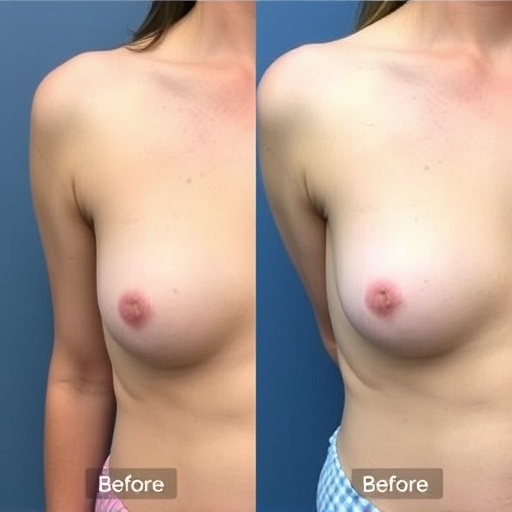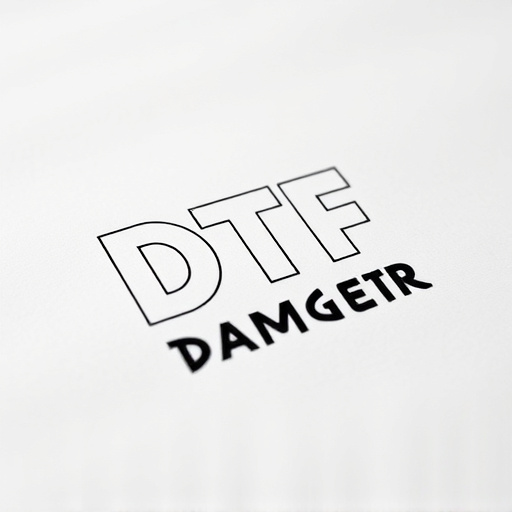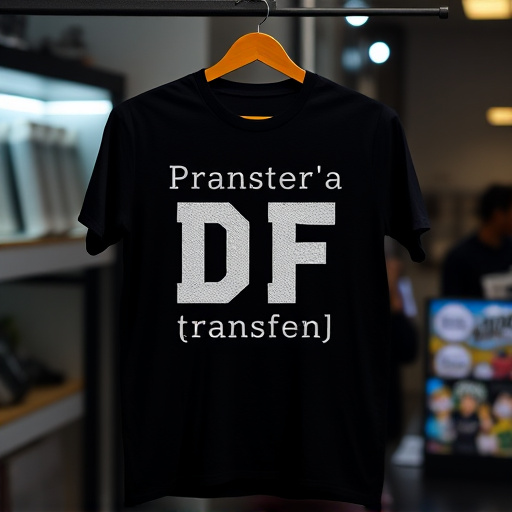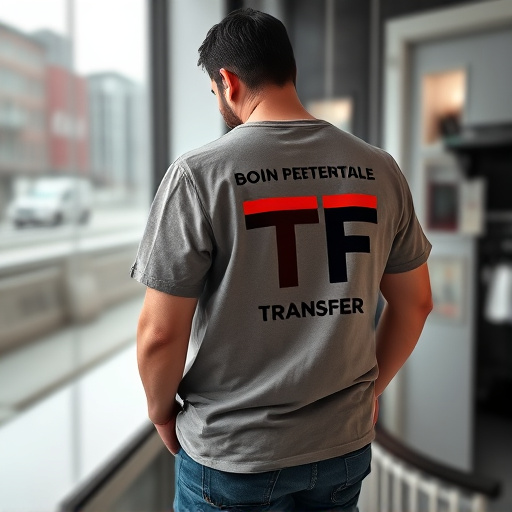Direct-to-Film (DTF) transfer revolutionizes surface decoration by directly applying designs onto fabrics and surfaces without intermediate layers. Using specialized inks and materials, DTF offers high-quality, durable prints with vibrant colors across diverse applications from fashion to home decor. Proper surface preparation, including cleaning, texturing, and using compatible materials, ensures exceptional DTF transfers. Advanced surfaces like polyester and vinyl, along with modern treatments, enhance print durability and precision. A meticulous process involving clean surfaces, suitable fabrics, correct film preparation, and optimal print settings delivers outstanding DTF results.
In today’s vibrant print landscape, Direct-to-Film (DTF) transfer technology is revolutionizing how we apply graphics and designs. This article provides a comprehensive guide to navigating the optimal fabrics and surfaces for DTF applications. We’ll delve into understanding DTF transfer processes, exploring key factors in fabric selection, surface preparation best practices, popular materials, advanced surface techniques, and essential tips for achieving high-quality DTF prints. Unlock the full potential of DTF technology with our expert insights.
- Understanding Direct-to-Film (DTF) Transfer: A Comprehensive Overview
- Key Factors in Choosing Optimal Fabrics for DTF Printing
- Surface Preparation: Ensuring Top-Notch Results for DTF Application
- Popular Materials and Their Suitability for DTF Transfer
- Unlocking the Potential: Advanced Surfaces for Enhanced DTF Prints
- Best Practices for Achieving High-Quality DTF Transfers
Understanding Direct-to-Film (DTF) Transfer: A Comprehensive Overview

Direct-to-Film (DTF) transfer is a cutting-edge printing technique that has revolutionized the way we produce decorative and functional surfaces. Unlike traditional methods, DTF omits the need for intermediate layers, allowing designs to be applied directly onto various fabrics and surfaces with remarkable precision and vibrancy. This process involves a sophisticated interplay between specialized inks, coatings, and materials, ensuring high-quality prints that are both durable and visually stunning.
Understanding DTF involves grasping its unique advantages. It offers a wide range of applications, from clothing and textiles to signs, signage, and even home decor. The versatility of DTF Printing enables designers and manufacturers to create intricate patterns, bold graphics, and personalized pieces with ease. Moreover, the direct application method ensures that colors remain rich and vibrant, making it an attractive option for creating eye-catching DTF prints that stand out in various industries.
Key Factors in Choosing Optimal Fabrics for DTF Printing
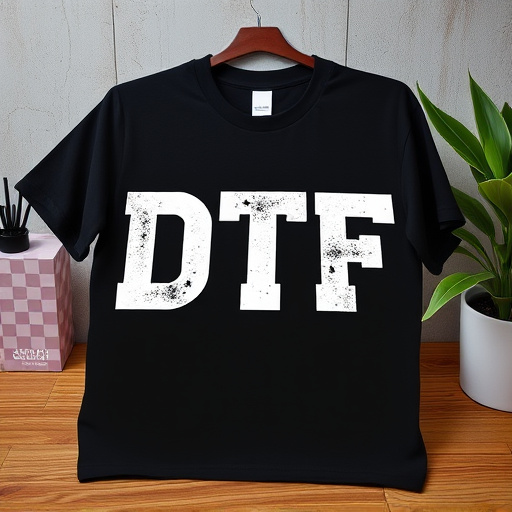
When selecting fabrics for direct-to-film (DTF) printing, several key factors come into play to ensure optimal results. The primary consideration is the fabric’s suitability for the DTF transfer process. Different materials have varying capabilities to accept and retain ink, which directly impacts the quality of the final prints. For instance, smooth, non-porous surfaces like vinyl or certain types of plastic are ideal as they allow precise ink adhesion and reproduction of intricate designs. Textured fabrics or those with loose threads might present challenges in achieving crisp DTF transfers.
Additionally, the fabric’s color and opacity are crucial considerations. Lighter fabrics can sometimes show through the print, affecting the overall aesthetics. Opacity is particularly important when printing on top of existing colors to ensure the DTF prints remain vibrant and distinct. Choosing materials that are compatible with the printing method and ink types used is essential for achieving high-quality, durable DTF transfers.
Surface Preparation: Ensuring Top-Notch Results for DTF Application

Surface Preparation is a critical step in achieving exceptional results with Direct-to-Film (DTF) transfers and printing. The key lies in creating a clean, smooth, and slightly roughened surface to facilitate optimal adhesive bonding. This process begins with thorough cleaning to remove any contaminants, dust, or oils that could hinder adhesion. A mild detergent or specialized cleaner is often used, followed by rinsing and drying to ensure no residue remains.
For DTF prints, the surface should be prepared to accept the film’s texture while providing a stable foundation. Techniques like sandblasting or using specific primers can create a suitable texture, enhancing the adhesion of the DTF transfer. This preparation ensures that the final prints are vibrant, long-lasting, and resistant to peeling or fading, thus enhancing the overall quality of the DTF application.
Popular Materials and Their Suitability for DTF Transfer

In the realm of direct-to-film (DTF) application and printing, several materials have gained popularity due to their versatility and compatibility with DTF transfer techniques. These include various fabrics and synthetic surfaces that offer both durability and aesthetic appeal. One commonly used fabric is polyester, known for its strength and resistance to shrinking, making it ideal for high-quality DTF prints. Its smooth surface ensures optimal ink adhesion, resulting in vibrant and long-lasting DTF prints.
Another popular choice is vinyl, particularly for outdoor applications due to its durability and weather resistance. Vinyl’s flexibility allows for intricate designs and detailed DTF transfer, making it suitable for signage and advertising purposes. Additionally, materials like cotton and linen can be used for more traditional fabric printing, offering a natural feel and organic appearance that aligns with certain design aesthetics. These fabrics are particularly well-suited for clothing and textile industries, where the DTF Printing process enhances the overall product quality.
Unlocking the Potential: Advanced Surfaces for Enhanced DTF Prints
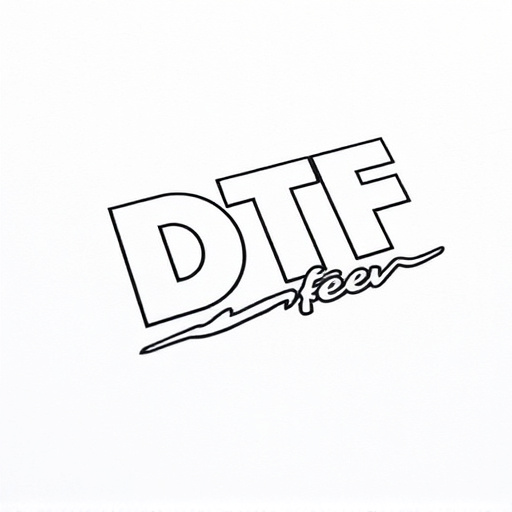
Unlocking the Potential: Advanced Surfaces for Enhanced DTF Prints
In the realm of direct-to-film (DTF) printing, the choice of fabric and surface plays a pivotal role in determining the quality and longevity of the final print. By embracing advanced surfaces, printers can unlock unprecedented levels of detail, vibrancy, and durability in their DTF transfers. Smooth, non-porous materials like high-grade polyesters and vinyls are ideal for receiving intricate designs without smudging or bleeding, ensuring sharp lines and vibrant colors that pop off the screen. These innovative surfaces not only simplify the printing process but also expand creative possibilities, allowing artists and designers to bring their vision to life with exceptional precision.
Furthermore, modern surface treatments and coatings enhance the compatibility of DTF prints with various substrates, from textiles to plastics. Anti-static coatings reduce the risk of print shift during application, while specialized adhesives guarantee a secure bond between the film and the target material. This synergy between advanced surfaces and precise printing techniques results in DTF prints that are not only visually stunning but also remarkably durable, suitable for both indoor and outdoor use, making them a versatile and reliable option for a wide array of applications.
Best Practices for Achieving High-Quality DTF Transfers

Achieving high-quality DTF (Direct-to-Film) transfers requires a meticulous approach and adherence to best practices. The key lies in preparing the surface meticulously, ensuring it’s clean, smooth, and free from any contaminants. Using the right fabric is paramount; synthetic materials like polyester or vinyl offer excellent compatibility with DTF inks, producing vibrant and durable DTF prints. It’s crucial to choose a material that suits the intended application, considering factors like flexibility, durability, and resistance to fading.
Proper preparation of the film itself is another critical step. Ensuring the DTF film is properly fed into the printing machine and aligned accurately is essential for precise DTF transfer. Additionally, optimizing print settings, including resolution and ink density, directly impacts the final quality. Regular calibration and maintenance of printing equipment are vital to guarantee consistent and high-fidelity DTF prints.

